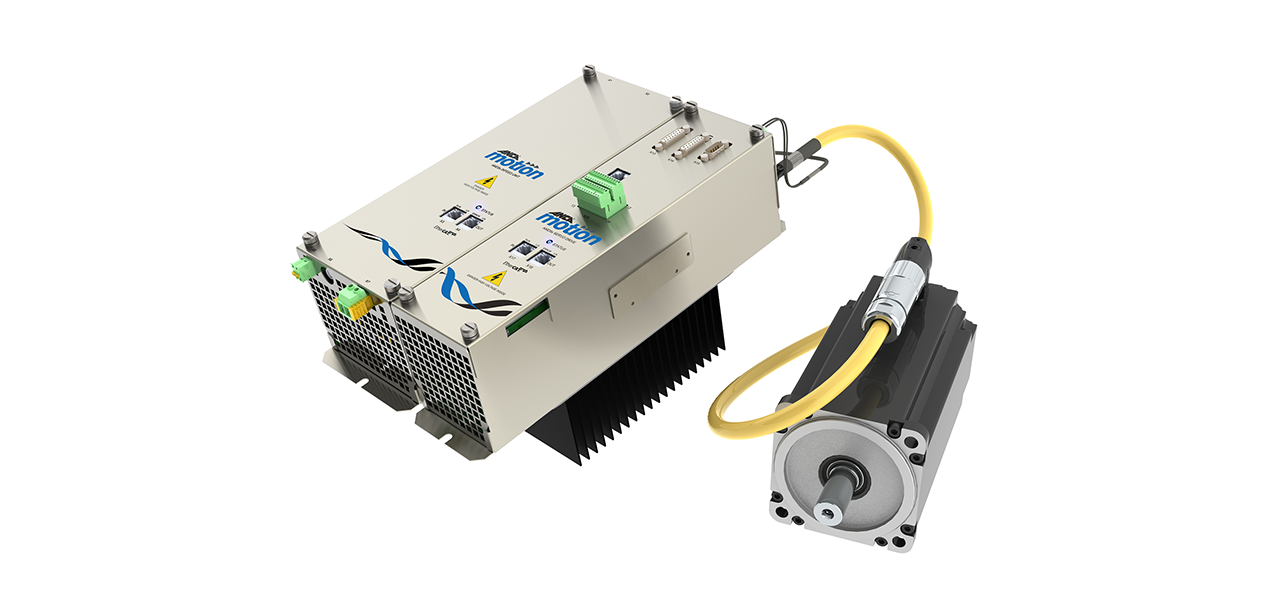News
Product News

ANCA Motion’s new Single Cable Motion System delivers gains to laser machine builders through simplification and productivity, as well as achieving higher performance through more effective communication.
The Single Cable Motion System offering leverages the Hiperface Digital Servo Link (Hiperface DSL) interface developed by SICK. This combines the functions of an encoder and armature cable into one cable.
After weighing up the collection of single-cable technologies, ANCA Motion selected the Hiperface DSL, first introduced in 2011 and then opened up to wider use by SICK in 2017. Hiperface DSL, which conforms to RS485 standard, has been called an industrial answer to the ubiquitous USB (Universal Serial Bus). With its many benefits, Hiperface DSL has been heralded as having the potential to emerge as “the digital connection of the future.”
For a laser cutting machine with a 4 by 6 metre area, the machine’s total motor cable length can be cut from 120 to 60 metres. Less cabling also means simpler routing and easier integration.
“Cutting the cable length by half offers significant savings from numerous perspectives - in cost, in storage space, in machine design,” says Heng Luo, Product Manager at ANCA Motion, of one major plus offered by the Single Cable Motion System.
“And because much of our customer demand has been from the world of laser cutting machinery, that led us to the single cable solution, which is particularly well-suited to such applications and to offering space savings where machine footprints are generally quite large.”
The integrated position feedback in ANCA Motion’s Single Cable drive system also offers big productivity benefits versus incremental position feedback-based systems.
“For larger laser machines, if the axis is sitting at the far end before powering up it may have to move all the way to the other end to complete the homing process,” explains Luo of one advantage versus an absolute encoder.
“The other is that if you are completing a job but all of a sudden you lose power to the machine, when it comes back you will have to do homing again. But with an absolute encoder it knows exactly where it is before power is gone and you can resume work right away.”
The new solution also offers Industry 4.0-ready, fully digital communications. Aside from in-use productivity gains, users can benefit through a rich set of data for smarter use and condition-based maintenance.
“Apart from high speed, high throughput, real-time and highly synchronized position feedback, it also provides you with rich information including motor temperature and a full level of diagnostic which ensure the maximum productivity from your machines,” concludes Luo.
18 September 2019